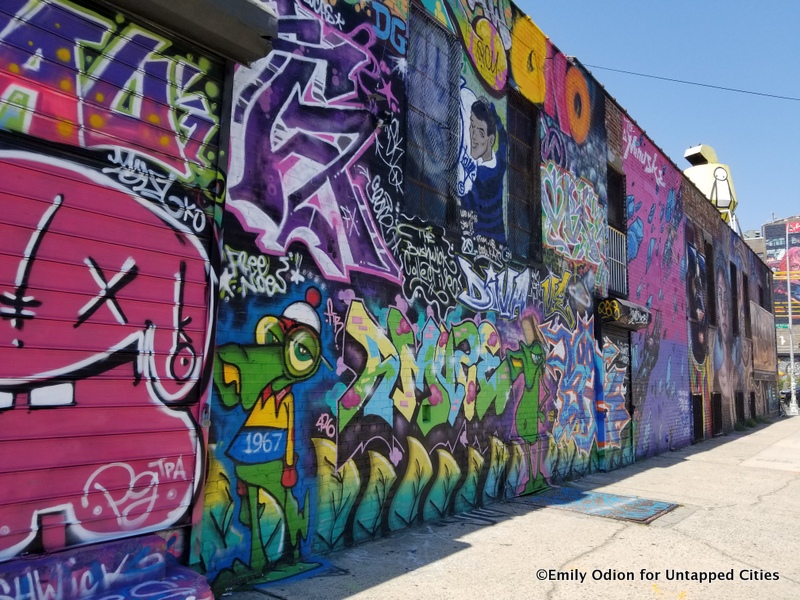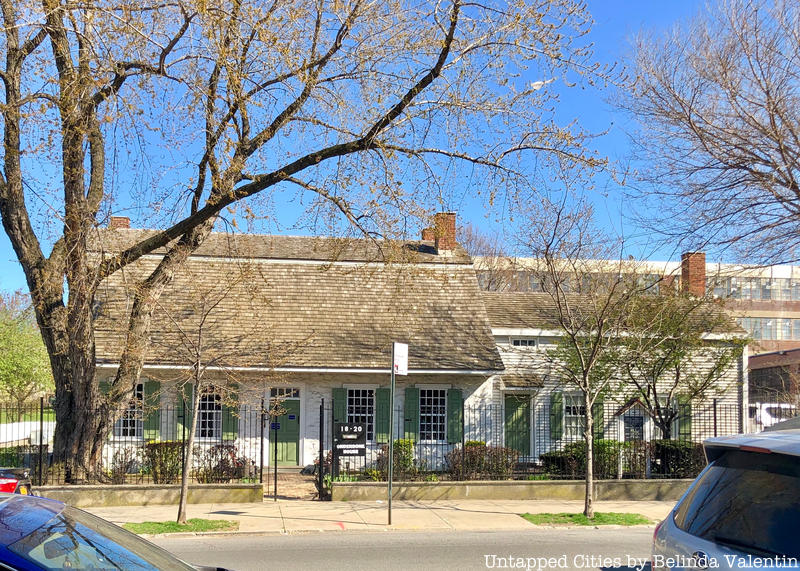
Straddled on the border between Brooklyn and Queens is Bushwick, one of the city’s most up-and-coming neighborhoods. Like neighboring Williamsburg, Bushwick was founded as a Dutch settlement during the 17th century. Over the 19th century, the neighborhood became a haven for German immigrants, leading to a booming brewing industry that brought immense wealth to the area. After World War I, Bushwick’s German enclave was steadily replaced by a significant portion of Italian Americans. In the post-World War II era, as Bushwick’s brewing companies moved out of the city, the neighborhood’s economic base began to erode.
Though discussions on urban renewal occurred with the hope of creating new public housing, these plans never materialized, leaving many of the area’s residential buildings demolished. Bushwick’s economic downtown reached a fever pitch during the July 1977 city blackout, which resulted in widespread arson, looting, and vandalism across low-income neighborhoods. As a result, the neighborhood was left without a commercial retail hub, leading many of Bushwick’s middle-class and white residents to leave during the 1980s and 1990s.
In the 2000s, as real estate prices shot up in Manhattan and nearby Williamsburg, young professionals and artists began moving in droves to Bushwick’s converted lofts and limestone-brick townhouses. Since then, the neighborhood has enjoyed one of the city’s liveliest art scenes. Today, the majority of Bushwick’s population is of Puerto Rican or Dominican descent, and the neighborhood has one of the most populous Hispanic-American communities in Brooklyn. Containing the oldest Dutch fieldstone house in New York City and statues honoring World War I soldiers, Bushwick has many fascinating secrets.
1. The Vander Ende Onderdonk House is the oldest remaining Dutch colonial House in New York

On the border between Bushwick and Ridgewood is the Vander Ende Onderdonk House, the oldest remaining Dutch fieldstone house in New York. The house was constructed around 1709 by Paulus Vander Ende, and the structure’s foundations originate in 1660, when the site was first occupied by Hendrick Barents Smidt. During the 1796 boundary dispute between Bushwick in Kings County and Newtown in Queens County, Van Ende Onderdonk served as a prominent marker. Visitors to the Onderdonk House can view the Arbitration Rock, which marks the contentious border between Brooklyn and Queens.
Since 1975, the Vander Ende Onderdonk House has served as the headquarters for the Greater Ridgewood Historical Society, which helped raise funds to rebuild the home from 1975 until 1981 after it was damaged in a fire. In June 1995, New York City granted the house landmark status. Today, the Vander Ende Onderdonk House serves as a museum specialized in the history of the area, providing visitors with an insight into the legacy of Dutch colonialism in New York City.





